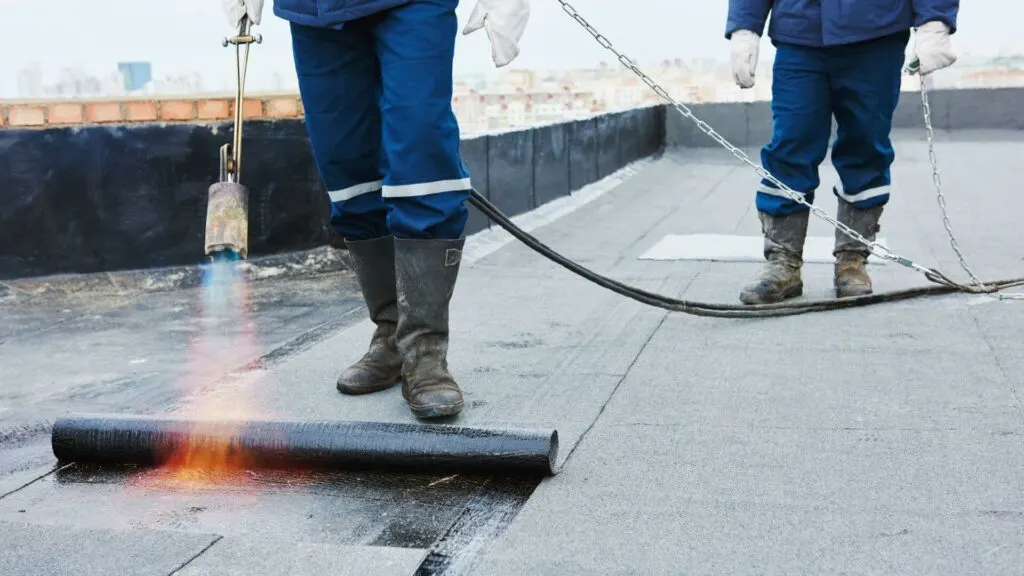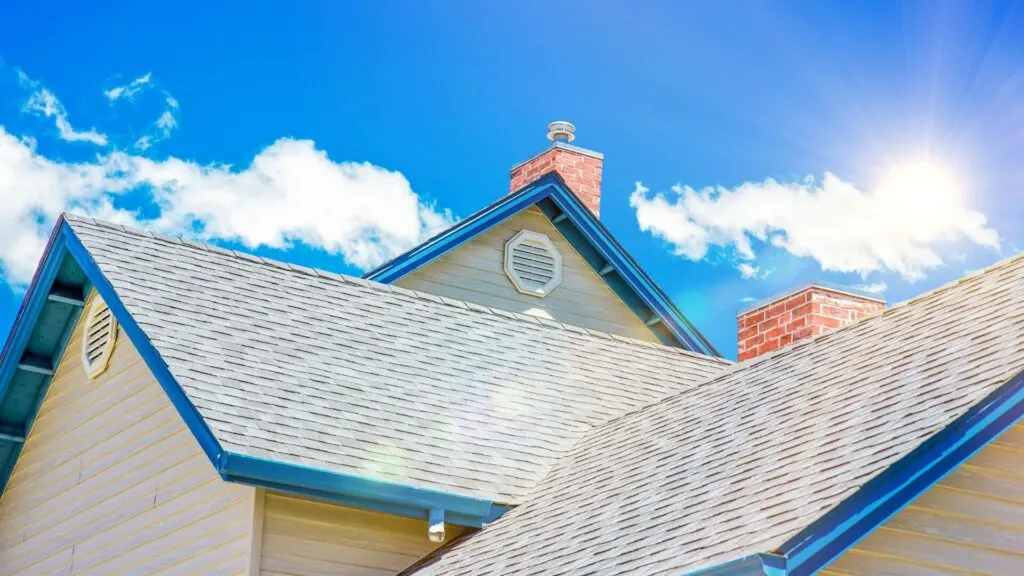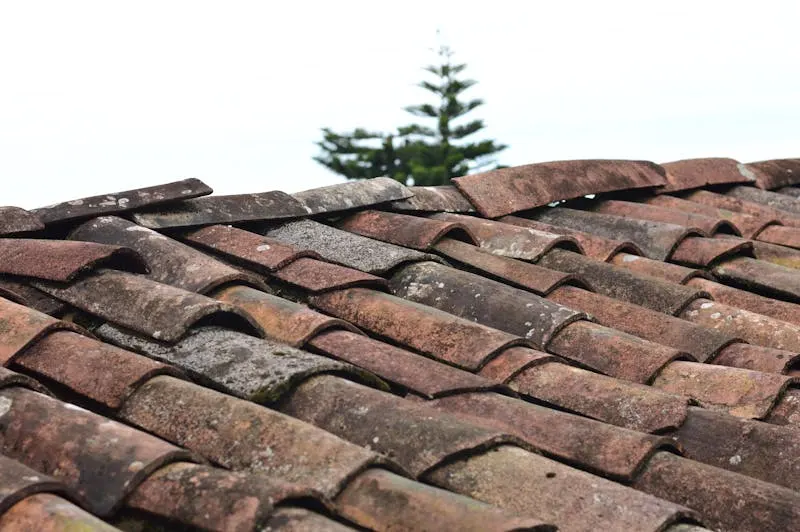Replacing a roof is one of the most significant and costly home improvement projects a homeowner can undertake. It’s essential to be well-informed about the process, costs, materials, and best practices to ensure a successful outcome. This comprehensive guide will walk you through everything you need to know about roof replacement.

Factors Influencing Roof Replacement Costs
- Roof Size: The larger the roof, the more materials and labor will be required. Roof size is measured in square feet, and costs are often quoted per square foot.
- Roof Pitch: A steeper roof pitch increases the complexity of the job, making it more labor-intensive and costly.
- Material Choice: Different roofing materials have different price points, affecting the overall cost significantly.
- Labor Costs: These can vary widely depending on your location and the contractor’s expertise.
- Removal of Old Roof: The cost of removing and disposing of the old roofing material can add to the total expense.
- Additional Features: Elements like skylights, chimneys, and ventilation systems can increase the complexity and cost of the job.
Average Roof Replacement Costs by Material
- Asphalt Shingles: Typically costs between $3,000 and $8,000. This is the most common roofing material due to its affordability and ease of installation.
- Metal Roofing: Ranges from $5,000 to $14,000. Metal roofs are durable and energy-efficient but come with a higher upfront cost.
- Wood Shingles/Shakes: Usually cost between $7,000 and $15,000. They offer a natural look but require more maintenance and have a higher price point.
- Clay or Concrete Tiles: These can cost between $8,000 and $25,000. They are durable and long-lasting but are heavier and more expensive.
- Slate Roofing: Costs range from $10,000 to $30,000. Slate is extremely durable and aesthetically pleasing but very costly and heavy.
Materials for Roofing

1. Asphalt Shingles:
- Description: Made from a fiberglass base coated with asphalt and mineral granules, asphalt shingles are the most popular roofing material in North America.
- Pros: Affordable, easy to install, available in various colors and styles.
- Cons: Shorter lifespan (15-30 years), not as eco-friendly as other options.
2. Metal Roofing:
- Description: Metal roofs can be made from steel, aluminum, copper, or zinc and come in various styles such as panels or shingles.
- Pros: Long lifespan (40-70 years), energy-efficient, recyclable, and lightweight.
- Cons: Higher initial cost, can be noisy during rain or hail.
3. Wood Shingles and Shakes:
- Description: Made from cedar, redwood, or other woods, these offer a natural and rustic appearance.
- Pros: Aesthetic appeal, good insulation properties, and environmentally friendly.
- Cons: Requires regular maintenance, susceptible to fire and insect damage, shorter lifespan compared to other high-end materials.
4. Clay and Concrete Tiles:
- Description: These tiles are made from natural clay or concrete and are often used in Mediterranean or Spanish-style architecture.
- Pros: Extremely durable (50+ years), fire-resistant, and available in various colors and styles.
- Cons: Heavy, may require reinforced roof structure, higher cost.
5. Slate Roofing:
- Description: Made from natural stone, slate roofs are highly durable and aesthetically pleasing.
- Pros: Very long-lasting (100+ years), low maintenance, and adds significant value to the home.
- Cons: Very heavy, expensive, and requires specialized installation.
Tips for Roof Replacement

1. Get Multiple Quotes:
- Obtain estimates from several contractors to compare prices and services. This helps ensure you get the best value for your money.
2. Check Contractor Credentials:
- Verify that the contractor is licensed, insured, and has positive reviews from previous customers. This can prevent potential issues and ensure quality work.
3. Choose Quality Materials:
- Investing in high-quality materials can save you money in the long run by reducing maintenance costs and extending the roof’s lifespan.
4. Consider the Climate:
- Select roofing materials that are well-suited to your local climate. For example, metal roofs are excellent in areas prone to heavy snow, while clay tiles work well in hot, dry climates.
5. Plan for Unexpected Costs:
- Set aside a contingency budget for unexpected expenses that may arise during the project, such as structural repairs or additional materials.
6. Check for Permits:
- Ensure that you or your contractor obtain the necessary permits before starting the project. This can prevent legal issues and ensure compliance with local building codes.
7. Schedule During Off-Season:
- Roofing contractors may offer discounts during their off-season, typically late winter or early spring, when demand is lower.
8. Warranty:
- Make sure the materials and labor come with a warranty. This provides peace of mind and protection against future issues.
9. Regular Maintenance:
- After replacing your roof, perform regular maintenance to extend its lifespan. This includes cleaning gutters, inspecting for damage, and addressing minor issues promptly.
Conclusion
Roof replacement is a major project that requires careful planning and consideration. By understanding the costs, choosing the right materials, and following the tips outlined in this guide, you can ensure a successful roof replacement that provides long-lasting protection and enhances the value of your home. For professional assistance and high-quality service, consider reaching out to Price Brothers Restoration. Their expertise can help guide you through the entire process, ensuring a durable and aesthetically pleasing roof for years to come.

Jessi is the creative mind behind The Coffee Mom, a popular blog that combines parenting advice, travel tips, and a love for all things Disney. As a trusted Disney influencer and passionate storyteller, Jessi’s authentic insights and relatable content resonate with readers worldwide.
